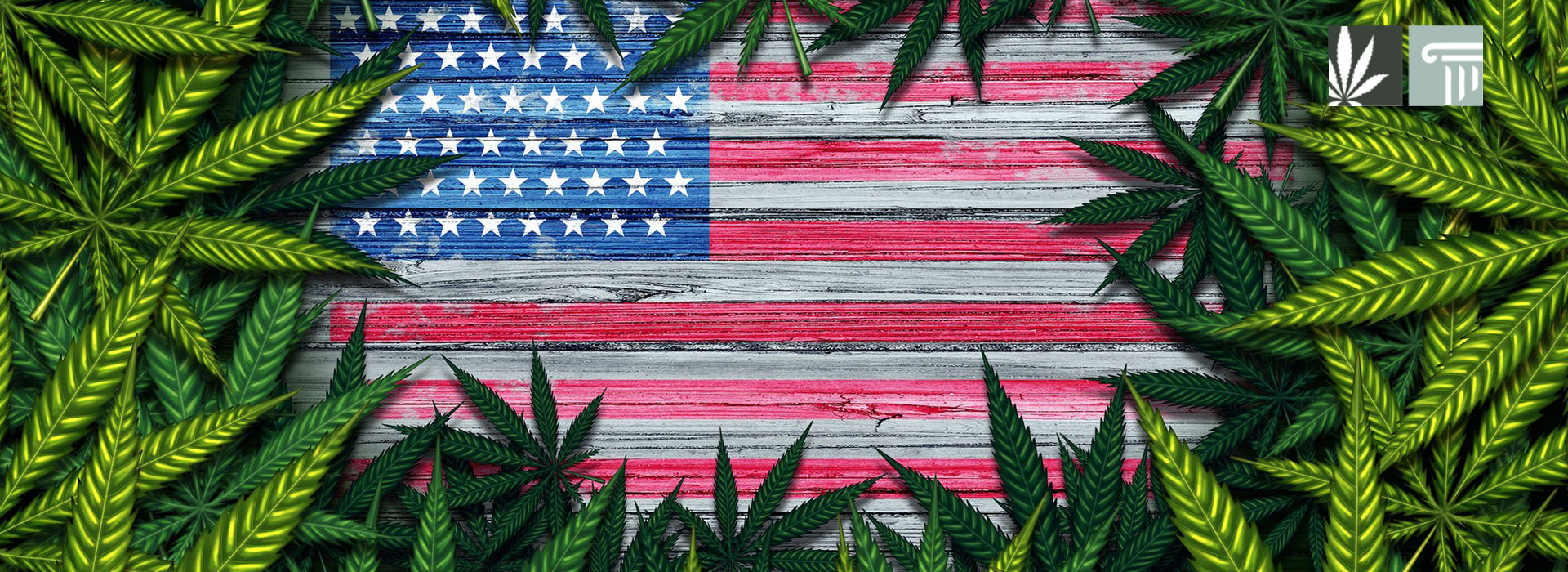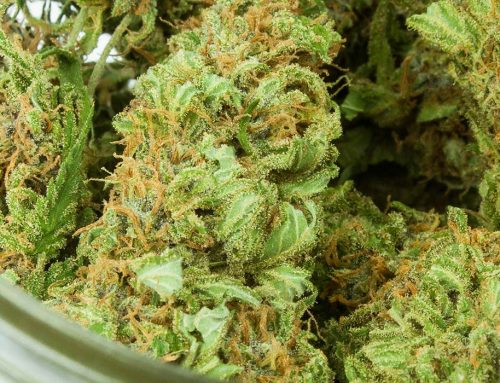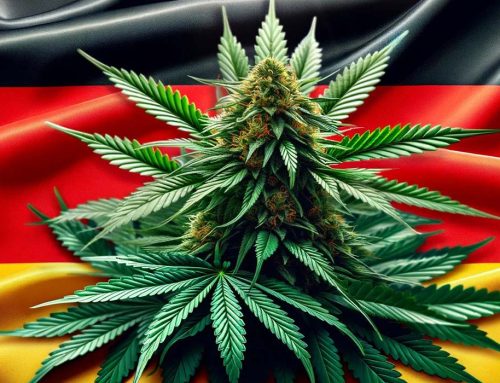When Colorado and Washington became the first states to legalize recreational marijuana in 2012, onlookers awaited the federal government’s response. Would it continue to prosecute for marijuana-related offenses or adopt a hands-off approach? With the Obama administration opting for the latter, many speculated this decision to be the end, or at least the beginning of the end, of the federal government’s war on cannabis. But in the years that followed, despite state-level reforms, federal arrests for marijuana-related offenses only saw a modest decline.
Then came the so-called Green Wave of voter-approved ballot measures for marijuana legalization at the 2016 election, when four states voted to legalize recreational cannabis and four approved medical marijuana. That, on top of Oregon and Alaska’s vote to legalize adult-use marijuana in 2014 and the dozens of states which approved some form of medical cannabis legalization, drew renewed hope from marijuana reform advocates that the end of federal cannabis criminalization was at hand. This momentum at the state level didn’t, however, significantly translate into action at the federal level. Rather, it heralded ambiguity on the issue from the Trump administration, which wavered between tepid endorsement to outright hostility.
With a new administration now settled in the White House, a Democratic majority in Congress, and a flurry of cannabis reforms in the past year across the country, both through state legislatures and at the ballot box, is the outlook much different now or is this another false dawn?
At its heart, marijuana legalization in the US is a low-level conflict between federal and state law. The country is a patchwork of wildly different approaches toward the plant, some aligned with the federal government’s stance and, increasingly, others that have taken their own course. These discrepancies can be tolerated, ignored even, by Washington but only so long as it can legitimately claim to represent the will of the majority of states. And we’re fast approaching the point when that is clearly no longer the case.
Four states voted to legalize recreational cannabis at the 2020 elections. Since then, a further four states have legalized adult-use marijuana through the legislature. Even with a South Dakota circuit court judge’s ruling against voters’ preference for adult-use marijuana, pending an appeal, this means seven states have enacted the reform in the first half of 2021. Eighteen states, plus Washington DC, now permit the recreational use of cannabis, comprising 44 percent of the US population. This is not to mention the 36 states that have comprehensive medical marijuana programs in place.
And it appears that Capitol Hill lawmakers are finally taking note, even with President Joe Biden’s continued intransigence against the reform. Senate Majority Leader Chuck Schumer recently unveiled a new bill to end federal marijuana prohibition, which incorporates many of the provisions in separate legislation to decriminalize cannabis that’s been approved by House lawmakers on four occasions.
These two factors, political will at the federal level coupled with a near majority of the population where legal cannabis is an everyday reality, are what sets this juncture of the marijuana reform movement apart from previous ones foretelling a new era of federal cannabis legalization. In the battle between state and federal law over cannabis prohibition, the federal government’s authority largely rests on staying one step ahead of state legislators. And the time to get to the measure over the line in Congress is now, while the Democrats hold a slender majority and before any more states have the time to approve the reform, as they inevitably will.






